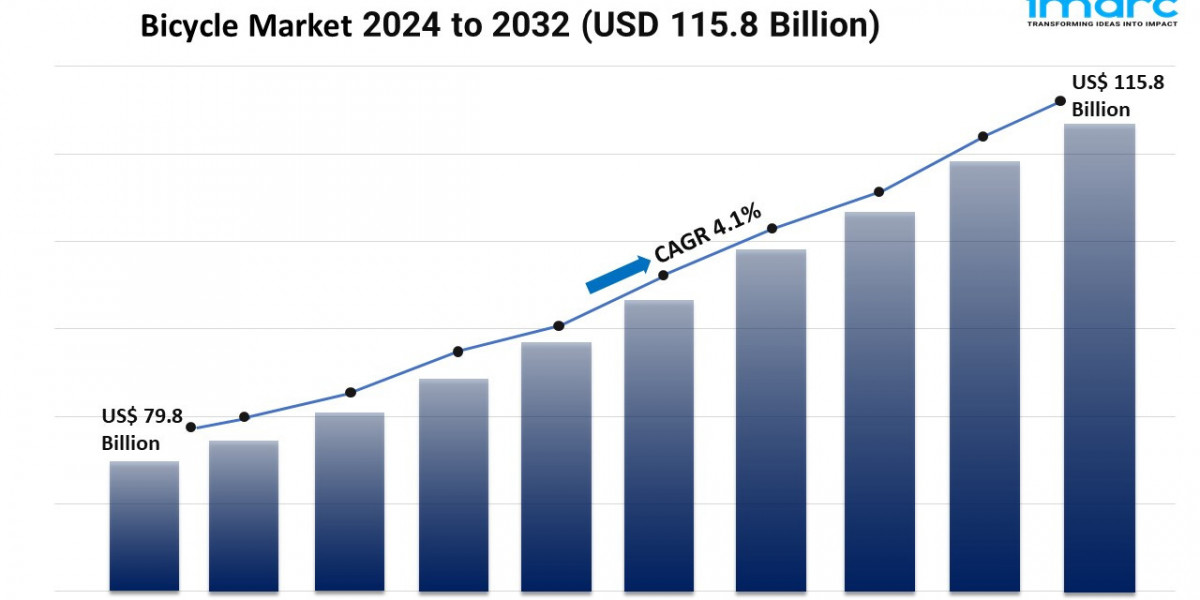Robotics has revolutionized the healthcare industry by significantly enhancing Hospital Equipment and surgical precision. This article explores the transformative role of robotics in modern hospitals, focusing on its impact on surgical procedures, diagnostic imaging, rehabilitation, and patient care. By leveraging robotic technologies, hospitals can achieve unprecedented levels of precision, efficiency, and patient safety across various medical disciplines.
Robotic Surgery: Precision and Minimally Invasive Procedures
Advancements in Surgical Robotics
Robotic surgery represents a pinnacle of technological innovation in healthcare. Systems like the da Vinci Surgical System have enabled surgeons to perform complex procedures with enhanced precision and dexterity. These robotic platforms integrate high-definition 3D imaging, intuitive controls, and robotic arms that mimic human movements with greater accuracy. Surgeons can conduct minimally invasive surgeries through smaller incisions, resulting in reduced trauma, faster recovery times, and improved clinical outcomes for patients.
Applications Across Medical Specialties
Robotic surgery is applicable across a wide range of medical specialties, including urology, gynecology, cardiothoracic surgery, and orthopedics. In urology, for example, robots assist in prostatectomies with precise nerve-sparing techniques, minimizing the risk of postoperative complications. Similarly, in cardiothoracic surgery, robots facilitate intricate procedures such as mitral valve repair, enhancing surgical outcomes by providing unparalleled visualization and maneuverability in confined spaces.
Diagnostic Imaging: Robotics in Radiology
Robotic-Assisted Imaging Systems
Robotics has transformed diagnostic imaging by enhancing the accuracy and efficiency of radiological procedures. Robotic-assisted imaging systems, such as robotic MRI scanners and CT scanners, improve image quality through controlled movements and automated adjustments. These systems enable healthcare providers to obtain detailed anatomical and functional information with minimal patient discomfort and reduced scan times. By optimizing image acquisition and processing, robotic imaging technologies support timely diagnoses and treatment planning across diverse medical conditions.
AI Integration for Image Analysis
Artificial intelligence (AI) plays a complementary role in robotic-assisted imaging by analyzing vast datasets and identifying subtle patterns in medical images. AI algorithms can assist radiologists in detecting abnormalities, predicting disease progression, and guiding personalized treatment strategies. This synergy between robotics and AI enhances diagnostic accuracy, accelerates decision-making, and improves patient outcomes by enabling early intervention and targeted therapies.
Rehabilitation Robotics: Restoring Functionality and Mobility
Assistive Robotics in Rehabilitation
Rehabilitation robotics focuses on restoring functionality and mobility for patients recovering from neurological injuries, musculoskeletal disorders, or surgical procedures. Robotic exoskeletons, for instance, assist individuals with lower limb disabilities in walking and performing daily activities by providing powered support and gait training. These devices promote neurorehabilitation and physical therapy, facilitating recovery and improving quality of life for patients with mobility impairments.
Personalized Therapy and Sensor Integration
Advancements in rehabilitation robotics include personalized therapy programs tailored to individual patient needs. Robotic systems incorporate sensors and actuators to monitor movement patterns, muscle activity, and biomechanical responses during therapy sessions. Real-time feedback and adaptive algorithms adjust therapy parameters based on patient progress, optimizing rehabilitation outcomes and promoting functional recovery. By integrating robotic technology into rehabilitation protocols, healthcare providers enhance patient engagement, compliance, and long-term rehabilitation success.
Robotic Automation in Hospital Operations
Automated Pharmacy Systems
Robotic automation extends beyond clinical care to streamline hospital operations, such as pharmacy management. Automated dispensing systems accurately package and label medications, reducing human errors and enhancing medication safety. Robotics in pharmacy operations also optimize inventory management, track medication usage trends, and ensure timely availability of medications for patient care.
Surgical Instrument Sterilization
Robotic automation plays a critical role in sterilization processes within hospitals. Automated sterilization systems utilize robotics to handle surgical instruments, ensuring consistent disinfection protocols and minimizing the risk of healthcare-associated infections (HAIs). These systems improve efficiency in sterile processing departments, enhance instrument longevity, and uphold stringent regulatory standards for patient safety.
Future Directions and Challenges
Advancing Robotic Technologies
The future of robotics in healthcare is poised for further advancements in AI integration, miniaturization of robotic systems, and expansion into new medical applications. Emerging technologies such as soft robotics and nanorobotics hold promise for enhancing surgical precision and diagnostic capabilities. Ongoing research and development efforts aim to overcome technical challenges, improve cost-effectiveness, and expand access to robotic-assisted healthcare solutions globally.
Addressing Ethical and Regulatory Considerations
As robotics continue to evolve in healthcare, ethical considerations surrounding patient autonomy, data privacy, and equitable access to robotic technologies must be addressed. Regulatory frameworks play a crucial role in ensuring the safety, efficacy, and ethical use of robotic systems in clinical practice. Collaboration among healthcare providers, industry stakeholders, and regulatory agencies is essential to navigate these challenges and maximize the benefits of robotics while upholding patient-centered care principles.
Conclusion
Robotic technologies have reshaped hospital equipment and surgical precision, ushering in a new era of advanced healthcare delivery. From robotic surgery and diagnostic imaging to rehabilitation robotics and hospital operations automation, robotics enhance clinical outcomes, improve efficiency, and elevate patient care standards across medical disciplines. As robotics continue to evolve and integrate with AI and other technologies, they promise to further revolutionize healthcare by enabling personalized medicine, enhancing procedural accuracy, and transforming patient experiences worldwide. Embracing innovation while addressing ethical considerations and regulatory challenges will be crucial in harnessing the full potential of robotics to advance healthcare excellence in the years to come.








